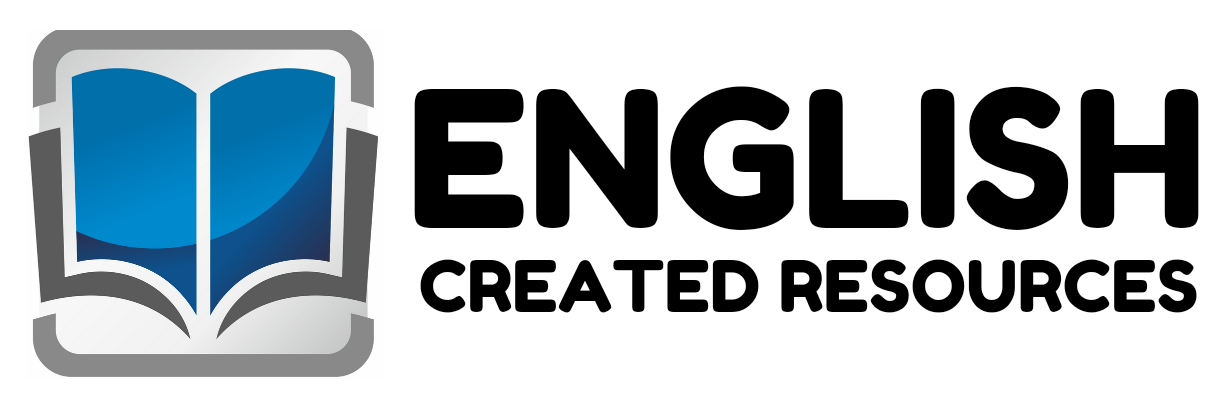CVC Rhyming Pictures Sorting

CVC Rhyming Pictures Sorting
CVC Rhyming Pictures Sorting is a foundational educational activity used in early childhood classrooms to help preschool children develop essential literacy skills. “CVC” stands for Consonant-Vowel-Consonant words—simple three-letter words like “cat,” “dog,” “hat,” and “sun” that form the building blocks of reading. By engaging children in sorting pictures that represent rhyming CVC words, educators provide a hands-on, visually stimulating, and phonemically rich learning experience. This activity not only enhances phonological awareness, but it also promotes early reading, vocabulary development, cognitive skills, and language comprehension.
1. Enhancing Phonological Awareness
Phonological awareness is the ability to recognize and manipulate sounds in spoken language, which is a crucial predictor of future reading success. Rhyming, a key component of phonological awareness, helps children hear patterns in words. When children sort pictures that rhyme—such as “cat,” “bat,” and “hat”—they begin to notice similar ending sounds. This auditory discrimination helps children identify how words are constructed, a necessary step before decoding and reading words in print.
2. Building a Strong Reading Foundation
CVC words are among the first words taught in phonics-based reading programs because of their simple structure and predictability. Rhyming these words reinforces the vowel and ending consonant sounds, making it easier for children to decode new words. For example, once a child knows “cat,” they can more easily read “hat,” “mat,” and “rat” due to the shared “-at” sound. Sorting rhyming pictures provides practice in recognizing word families, which builds reading fluency and confidence.
3. Expanding Vocabulary and Language Skills
Using pictures during rhyming activities introduces children to a wider range of vocabulary. Each picture represents a concrete object or concept, helping children connect spoken and written words with real-world items. For example, sorting a picture of a “dog” with a “log” helps them associate rhyming sounds with objects they may see or experience in everyday life. This strengthens word recall, comprehension, and the ability to use language expressively.
4. Encouraging Active Engagement and Fun Learning
Preschool children are naturally curious and learn best through play. CVC rhyming picture sorting transforms learning into a fun and interactive game. Children may use cards, cut-outs, or puzzles, moving images to different rhyming groups. This hands-on, kinesthetic element keeps them engaged and attentive while reinforcing their learning in a memorable way. Fun, playful learning also fosters a positive attitude toward reading and literacy from an early age.
5. Developing Cognitive and Sorting Skills
Picture sorting activities require children to analyze, compare, and categorize based on sound patterns. This sharpens their cognitive skills such as auditory processing, memory, and problem-solving. They must listen closely to word endings, match them with others that sound alike, and decide where each picture belongs. These foundational thinking skills translate to more advanced academic tasks as they progress through school.
6. Supporting Speech and Pronunciation
Children benefit from practicing the articulation of similar-sounding words during rhyming activities. Saying the words aloud while sorting helps refine their pronunciation and speech fluency. It also provides opportunities for teachers to model correct enunciation and for children to mimic and practice. This verbal interaction supports language development and helps overcome speech delays or difficulties.
7. Inclusive and Differentiated Instruction
CVC rhyming picture sorting can be easily adapted to suit various learning styles and ability levels. Visual learners benefit from pictures, auditory learners from hearing the rhymes, and kinesthetic learners from physically sorting items. For children with special needs or those learning English as a second language, this activity offers a multi-sensory approach that supports understanding without relying solely on text or spoken language.
8. Preparing for More Complex Literacy Tasks
Once children master rhyming and CVC word patterns, they are more prepared to tackle more complex literacy tasks, such as blending, segmenting, and reading multisyllabic words. Rhyming also lays the groundwork for creative writing and poetry later on. A strong base in rhyming and phonemic awareness leads to greater success in spelling, reading comprehension, and overall academic achievement.
CVC Rhyming Pictures Sorting is more than just a fun classroom activity—it is a powerful educational tool that supports early literacy in multiple ways. It helps preschool children develop phonological awareness, reading readiness, vocabulary, cognitive skills, and speech clarity. It is engaging, inclusive, and developmentally appropriate for young learners. Incorporating such activities into the preschool curriculum sets the stage for confident, capable, and enthusiastic readers. By investing in these foundational literacy experiences, educators and parents are building the essential skills children need to thrive in school and beyond.
Samples From the Activities













